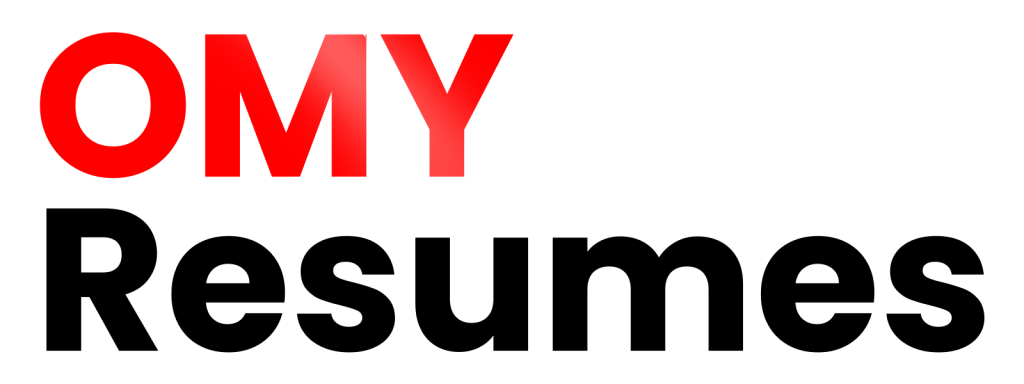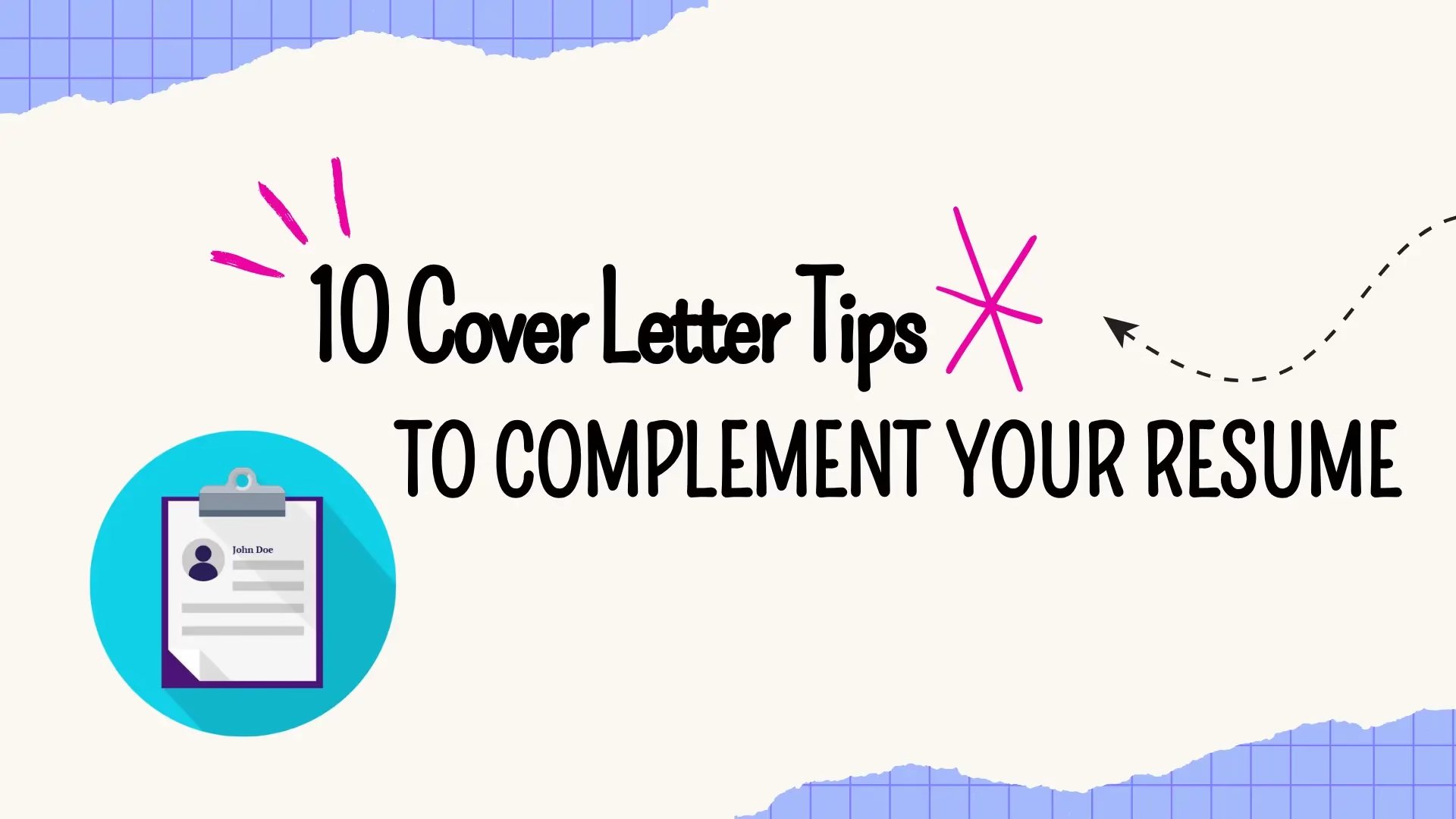In today’s competitive Canadian job market, sending only a resume is rarely enough. Employers in cities like Toronto, Vancouver, Calgary, and Montreal expect candidates to also submit a well-crafted cover letter that complements the resume, rather than repeats it. A strong cover letter does more than introduce your application it connects your skills to the role, demonstrates genuine interest in the company, and sets the tone for a successful interview.
But here’s the challenge: many Canadian job seekers still treat cover letters as an afterthought. They either send generic templates or skip them entirely, leading to missed opportunities. With ATS-friendly resumes and resume trends in 2025 shifting toward personalization and storytelling, your cover letter must be equally sharp.
In this guide, we’ll share 10 actionable cover letter tips backed by examples, Canadian hiring trends, and expert insights from OMY Resumes. Whether you’re applying in IT, healthcare, finance, or engineering, these strategies will help you write letters that open doors and complement your professional resume.
1. Start Strong with a Tailored Opening Paragraph
Your opening sets the stage. Avoid clichés like “I am writing to apply for the position…” Instead, lead with energy, relevance, and intent.
Example of a weak intro:
“I am applying for the Marketing Assistant role at XYZ Company. Please consider my resume.”
Example of a strong intro:
“As a digital marketing specialist with a proven record of increasing organic traffic by 45% for Toronto-based startups, I am excited to bring my skills in SEO and campaign strategy to XYZ Company.”
👉 Notice how the second version highlights measurable results and directly connects experience to the employer’s needs.
If you struggle with personalization, our Cover Letter Writing Service ensures every opening line captures attention while aligning with your resume and career goals.
2. Mirror the Job Posting Without Copy-Pasting
Hiring managers and ATS (Applicant Tracking Systems) scan for keywords. Pull the most important terms from the job posting and weave them naturally into your letter.
For example, if the posting says:
- “Strong leadership skills”
- “Project management experience”
- “Proficiency in SAP”
Your letter should mirror these:
“In my role at ABC Healthcare, I led a cross-functional team of 12 on SAP-integrated projects, improving operational efficiency by 20%.”
This method not only shows you’ve read the posting carefully but also strengthens your ATS-friendly application.
3. Connect the Dots Between Resume and Role
Think of your resume as the what and your cover letter as the why. The resume lists skills and accomplishments, while the cover letter explains why those experiences make you the right fit.
For instance, your resume might say:
- “Managed a $2M budget across multiple engineering projects.”
Your cover letter expands:
“Managing a $2M budget taught me how to balance cost efficiency with innovation a skill I am eager to apply to XYZ Company’s large-scale infrastructure initiatives in Calgary.”
This narrative link builds trust and reinforces your personal brand.
4. Showcase Canadian Workplace Awareness
Employers in Canada value candidates who understand cultural and workplace expectations. Use your cover letter to demonstrate familiarity with Canadian norms like teamwork, inclusivity, and professional communication.
Example:
“Having worked with diverse cross-cultural teams in Vancouver’s tech industry, I recognize the importance of collaboration and inclusivity qualities I am excited to bring to your expanding IT department.”
For newcomers to Canada, highlighting adaptability and eagerness to learn about the Canadian workplace can make your letter stronger. Consider a Career Consultation session if you’re unsure how to position your experience in the local market.
5. Use Storytelling to Demonstrate Value
Hiring managers remember stories, not lists. Pick one achievement from your resume and tell the brief story behind it.
Example:
“Last year at a Toronto fintech startup, I noticed clients struggling with onboarding. I proposed and implemented a new digital tutorial system that reduced client drop-off by 30% within three months. This experience reflects my ability to identify problems and implement user-focused solutions.”
Stories make your cover letter more human and memorable compared to a dry summary of duties.
6. Keep Tone Professional Yet Personable
While your resume is formal, your cover letter allows more voice and personality. That doesn’t mean casual language but a friendly, confident, and approachable tone works best in Canada.
Avoid:
“I am desperate for this job and will work very hard.”
Better:
“I am motivated by challenges and eager to contribute to XYZ Company’s mission of expanding healthcare accessibility across Ontario.”
Remember, Canadian employers value humility paired with confidence.
7. Include a Strong Mid-Letter Hook (Not Just the Start and End)
Many applicants focus only on the opening and closing, but the middle section of your cover letter is where you can really shine. Use it to highlight:
- Relevant skills in action (problem-solving, leadership, adaptability)
- Industry-specific experience (finance, healthcare, IT, engineering)
- Direct company connection (mentioning recent news or achievements)
Example mid-letter hook:
“When I read about XYZ Company’s expansion into Montreal’s renewable energy sector, I knew my background in sustainable engineering projects could help accelerate your growth.”
This shows research and genuine interest.
8. Close with Confidence and a Call-to-Action
Instead of ending weakly with “I hope to hear from you,” close with purpose.
Weak closing:
“Thank you for your time. I look forward to hearing back.”
Strong closing:
“I welcome the opportunity to discuss how my experience in project management and IT systems can support your Toronto operations. Please find my resume attached, and I am available at your convenience for an interview.”
Adding a confident but polite call-to-action increases your chances of a response.
9. Format for Readability (1 Page Max)
Recruiters spend less than 30 seconds scanning a cover letter. Keep it one page, with:
- 3–4 short paragraphs
- Clear spacing
- A professional font (Calibri, Arial, Times New Roman, size 11–12)
Tip: Match your cover letter header style with your resume for a unified professional brand. Our Resume Writing Services include coordinated resume and cover letter templates designed for Canadian employers.
10. Avoid Common Mistakes (and What to Do Instead)
Many Canadian job seekers unknowingly hurt their applications with these mistakes:
- Mistake 1: Repeating the resume word-for-word
Instead → Expand on key highlights. - Mistake 2: Using generic templates
Instead → Customize for each job. - Mistake 3: Overly formal or robotic tone
Instead → Keep it professional but warm. - Mistake 4: Neglecting the company’s values
Instead → Align with their mission. - Mistake 5: Forgetting to proofread
Instead → Double-check grammar, spelling, and Canadian spelling differences (e.g., “labour” vs. “labor”).
Bonus Tip: Align Your Letter with LinkedIn and Career Tools
A cover letter doesn’t stand alone. Employers often check your LinkedIn profile, resume, and sometimes your portfolio website. Ensure consistency across all platforms.
- Update your LinkedIn headline to match your job target → LinkedIn Profile Optimization
- Showcase projects on a personal site → Portfolio Website Development
- Prepare to discuss your cover letter stories during interviews → Interview Preparation Coaching
This integrated approach builds credibility and increases your chances of landing interviews.
Conclusion
A well-written cover letter is not just a formality it’s a strategic tool that complements your resume and strengthens your candidacy in the Canadian job market. By tailoring your opening, mirroring keywords, connecting resume achievements to the role, and closing with confidence, you position yourself as a thoughtful and prepared professional.
Remember, employers in Toronto, Ottawa, Calgary, and beyond are not just looking for skills on paper. They want candidates who show enthusiasm, alignment with company values, and the ability to communicate clearly. A strong cover letter allows you to do just that.
If you’ve been sending out resumes without hearing back, chances are your cover letter isn’t making the impact it should. At OMY Resumes, we specialize in creating ATS-friendly resumes and tailored cover letters that get noticed by Canadian hiring managers.
👉 Ready to stand out in 2025’s competitive job market? Explore our Resume Writing Services or book a free consultation today. Our team can help you with everything from cover letter writing to LinkedIn optimization and career consultation.
Don’t let generic applications hold you back let’s create a cover letter and resume that open doors to your next career opportunity.

